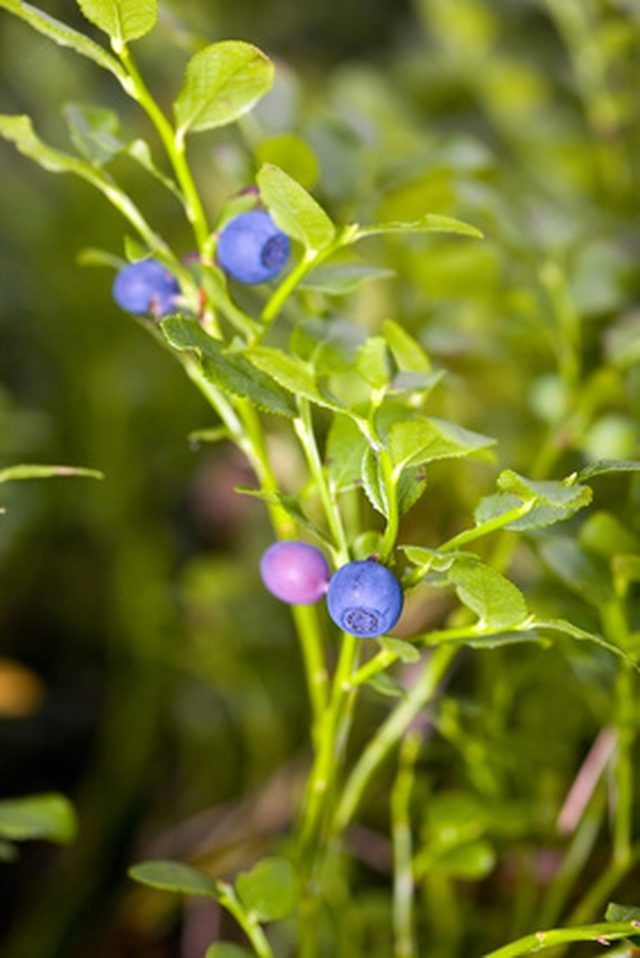Bulbs
Flower Basics
Flower Beds & Specialty Gardens
Flower Garden
Garden Furniture
Garden Gnomes
Garden Seeds
Garden Sheds
Garden Statues
Garden Tools & Supplies
Gardening Basics
Green & Organic
Groundcovers & Vines
Growing Annuals
Growing Basil
Growing Beans
Growing Berries
Growing Blueberries
Growing Cactus
Growing Corn
Growing Cotton
Growing Edibles
Growing Flowers
Growing Garlic
Growing Grapes
Growing Grass
Growing Herbs
Growing Jasmine
Growing Mint
Growing Mushrooms
Orchids
Growing Peanuts
Growing Perennials
Growing Plants
Growing Rosemary
Growing Roses
Growing Strawberries
Growing Sunflowers
Growing Thyme
Growing Tomatoes
Growing Tulips
Growing Vegetables
Herb Basics
Herb Garden
Indoor Growing
Landscaping Basics
Landscaping Patios
Landscaping Plants
Landscaping Shrubs
Landscaping Trees
Landscaping Walks & Pathways
Lawn Basics
Lawn Maintenance
Lawn Mowers
Lawn Ornaments
Lawn Planting
Lawn Tools
Outdoor Growing
Overall Landscape Planning
Pests, Weeds & Problems
Plant Basics
Rock Garden
Rose Garden
Shrubs
Soil
Specialty Gardens
Trees
Vegetable Garden
Yard Maintenance
How to Transplant Huckleberries
How to Transplant Huckleberries. The huckleberry is a native shrub to most of North America, but called by this term for two different species. In the western states of America the Vaccinium species is called the huckleberry, while in the eastern half, the Gaylussacia species is termed huckleberry. This shrub can be difficult to transplant...

The huckleberry is a native shrub to most of North America, but called by this term for two different species. In the western states of America the Vaccinium species is called the huckleberry, while in the eastern half, the Gaylussacia species is termed huckleberry. This shrub can be difficult to transplant successfully due to its long runner roots that may not have enough feeder roots attached to sustain the large plant above the surface of the soil. For the best results, transplant a huckleberry when it is very young.
Things You'll Need
Shovel
Soil testing kit
Mulch
Peat moss
How to Transplant a Huckleberry Bush
Water the young huckleberry shrub deeply in preparation for digging it up. Transplant it during the dormant season only; typically, this is October through February when it is leafless.
Dig a wide and deep planting hole in the new location while the huckleberry is soaking up the moisture from its deep watering. Test this soil for pH with a home garden soil kit. If the pH is not acid (5.0), mix the soil from the hole with peat moss; half garden soil and half peat moss is ideal medium for the acid-loving huckleberry. Fill the new planting hole with water to hydrate all surrounding soil, and to make sure it drains well; huckleberries require well-drained soil.
Water the huckleberry a second time to loosen the root system from the dirt, then dig a wide and deep circle completely around it with the shovel, just cutting through the soil to the depth of the shovel. Grab low on the stem and pull gently. If the shrub does not pull out, excavate one side to a deeper level, severing some roots on the one side. Use water once more to help free the shrub. Repeat the pulling, digging and water excavating cycle until the bush can finally be pulled from the dirt.
Carry the shrub and as much of the soil-covered root ball as possible to the prepared planting hole. Center the plant in the hole and either fill in with soil if it is too deep, or dig it wider or deeper if any roots are large enough that they would have to be bent. Do not cramp the roots; if necessary, dig a larger hole to accommodate them. Do not plant the huckleberry any deeper than it had been in its old site.
Add the soil or peat moss/soil mixture around the bush and lightly tamp it down with hands. Water deeply to remove air pockets and provide moisture to the shocked root system.
Mulch the dormant plant after all the soil around it is moistened. Use an acid-based pH mulch of pine needles, sawdust or ground bark to a level of 2 to 4 inches. This holds in moisture, protects from freezing temperatures and reduces weed growth. Continue regular watering so the shrub's root system does not dry out if seasonal rains do not occur frequently.
Tips & Warnings
Soil-testing kits are widely available and inexpensive at garden centers.